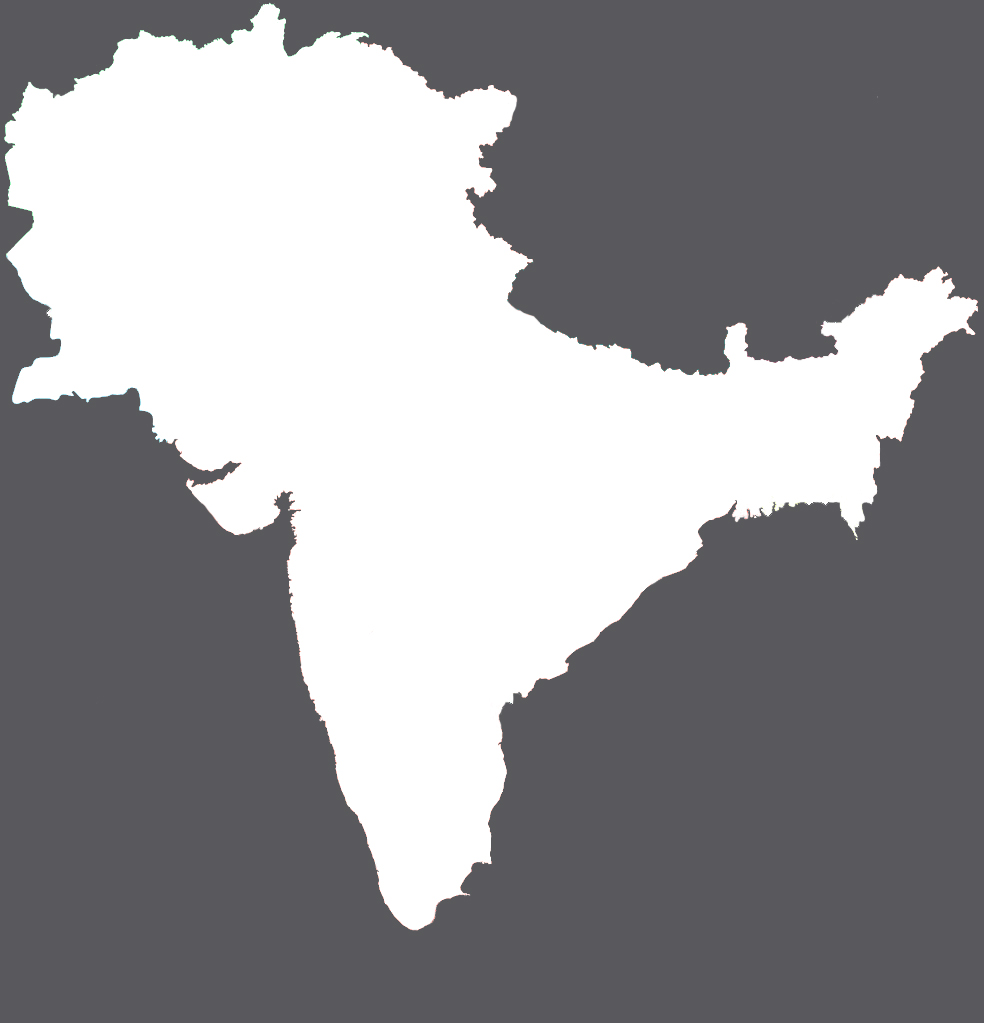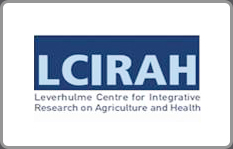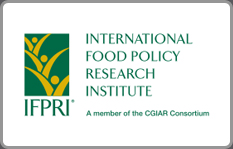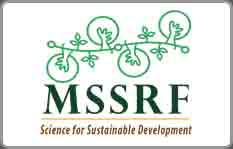A number of factors affect a household’s nutritional status: food production; access and availability of food; care in the home; health, water, sanitation and hygiene practices; women’s agency and empowerment; and women’s role as primary caregivers. This paper explores these factors at the household level by interviewing 100 women across four rural villages in Bijapur, Karnataka and Sabarkantha, Gujarat. This study seeks to improve our perception of how women and their...
LANSA Working paper
This paper discusses the importance of encouraging the production and consumption of pulses, given their nutritional benefits, to achieve the Sustainable Development Goal of reducing hunger and poverty as well as promoting health and nutrition. It gives a situational analysis of the production, consumption and prices of pulses. Further, it describes the various government programmes that have been initiated in India since 2000-01 to increase the production of pulses.
Some of the key pathways linking agriculture and nutrition run through women’s work, yet the evidence on these links are weak. Using time use data from two Indian districts, this paper seeks to fill this gap. In principle, women’s agricultural work could have positive and negative implications for nutrition, through increased control over incomes resulting in improved diets to intensifying work burdens leading to tensions and trade-offs between their agricultural work and care...
This paper explores the role of the Public Distribution System (PDS) on consumption and household savings, across different sections of population, in rural and urban Tamil Nadu. Using NSSO data for the year 2011-12 as well as data from a primary study conducted in 2015, the paper demonstrates a significant, positive contribution of PDS to cereal/calorie consumption and savings across all sections of the population in Tamil Nadu. In this, the importance of PDS is found to be much higher among...
Cereals are the major source of protein in the Indian diet. In recent years, due to declining preference the consumption of cereals is decreasing in spite of increasing output. Therefore, the country needs to further increase the production and encourage the intake of pulses in order to meet the nutritional requirements of the population, specifically in terms of protein consumption. This paper discusses the trends in pulses and protein consumption over the years. It uses a seemingly unrelated...
A large section of the population in South Asia is undernourished. Agriculture is the main source of livelihood in the region. Following the framework detailed in Henson and Humphrey (2015), this paper attempts to assess the effectiveness of a dairy milk product (Amulspray), manufactured by a cooperative business, in enhancing consumption of nutritious food by the poor. The case study examines the value chain of Amulspray with focus on the commercial viability of the product and its market...







